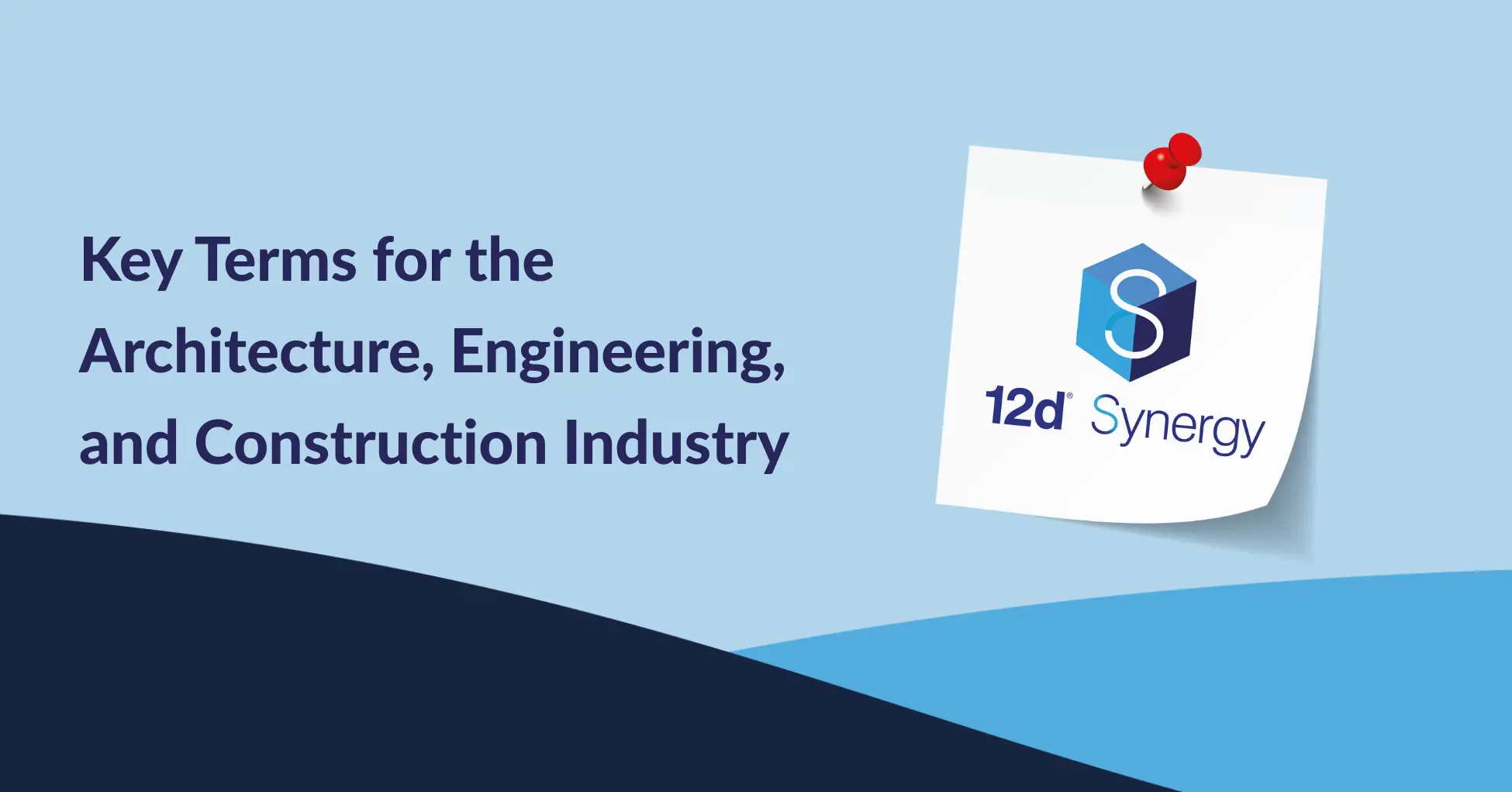AEC Glossary
This guide unpacks the key terms you’ll encounter when navigating Connected CDEs, helping you cut through the jargon and focus on what really matters: smarter collaboration, seamless integration, and better project outcomes.
1. Common Data Environments (CDEs)
ISO 19650 defines it as the “agreed source of information for any given project or asset.”
2. Connected Common Data Environments (or CDE 2.0)
Key features:
- Open APIs and integrations
- Real-time DataFlows
- Cross-platform metadata exchange
3. Closed CDEs
4. Open/Connected CDEs
5. Connectors
Think of it as a translator that helps two applications exchange information without manual rework.
6. Data Flows
Examples:
- When a model is updated in Revit, changes automatically reflect in your project dashboard or issue tracker.
- Site progress data flows into the scheduling tool without manual entry.
7. Metadata
In a Connected CDE, metadata is critical for automating processes like approvals, versioning, and access control.
8. ISO 19650
- Structured naming
- Status codes
- Workflows
- Approval processes
Connected CDEs simplify ISO 19650 compliance by automating metadata handling and access permissions across systems.
9. Digital Twin
Connected CDEs help ensure that digital twins are:
- Built from trustworthy data
- Continuously updated
- Usable by FM teams post-handover
10. Project Information Requirements (PIRs)
Connected CDEs help standardise PIRs across tools and teams, ensuring that data requirements are met consistently from project to project.
11. Asset Information Model (AIM)
A Connected CDE ensures your AIM is:
- Structured
- Searchable
- Ready for FM tools and digital twins
12. Best-of-Breed Ecosystem
13. Interoperability
Connected CDEs are built with interoperability in mind, supporting:
- OpenBIM standards
- APIs and integrations
- Vendor-neutral architectures
Why This Matters
Understanding these terms is crucial if you’re:
- Planning to adopt a new CDE
- Working on ISO 19650-aligned projects
- Managing large, multi-tool digital ecosystems
- Looking to reduce rework and manual effort
